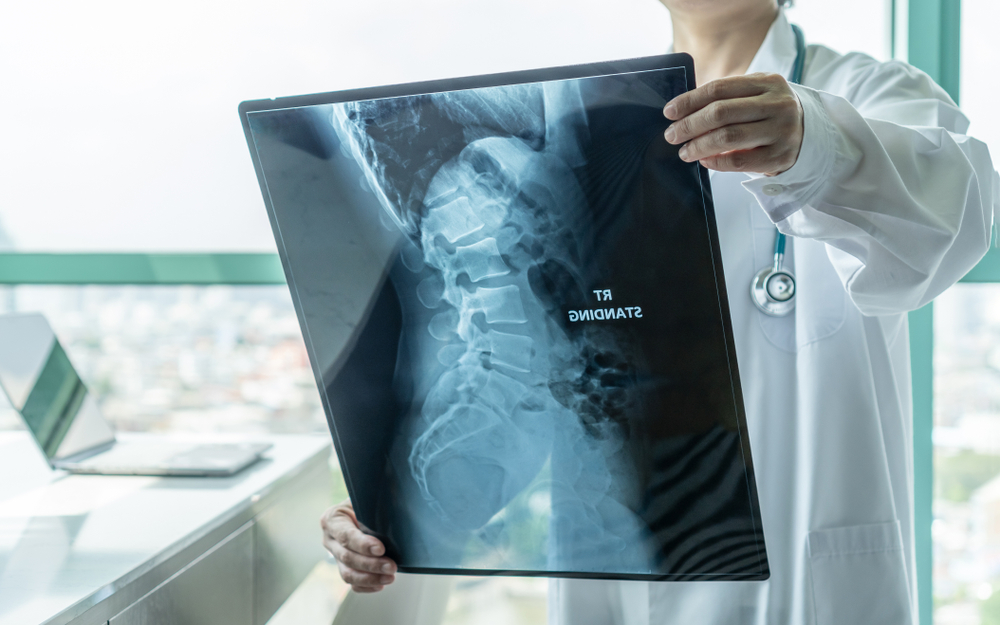When approaching the spine, surgeons can use either the anterior or posterior methods to correct scoliosis. At the same time, the goal of treating scoliosis is to restore the abnormal curvature of the spine and prevent its progression; the approach for performing the spinal fusion matters and is individualized to each patient’s needs. The type of scoliosis, the curvature location, and the ease of approach all are factors that are taken into account. In some cases, anterior-posterior scoliosis surgery can be performed to correct problems with the spine and achieve a better fusion.

Why Choose Both Anterior and Posterior?
To best understand this method, learning these terms can help people with scoliosis better approach their condition and treatment options.
Anterior Method: The Anterior method approaches the spinal vertebrae in the front. This approach uses surgical techniques that access the spine through the chest and lower abdomen regions, specifically for scoliosis curvatures affecting the thoracic and lumbar regions. The anterior method avoids cutting muscles and tendons to access the spine’s discs, making the spinal fusion process quicker.
Posterior Method: As the more popular method, the rear method approaches the spine through the back, cutting through muscles and tissue to access the spine column. The posterior process gives more direct access to the spine due to the distance removed from this approach. The rear method is primarily used for spinal fusion for patients with moderate to severe scoliosis.
Both of these methods can be used depending on the patient’s circumstances. Still, the anterior and posterior method uses both approaches for a fully comprehensive treatment that addresses not only the spinal cord but also failed attempts at spinal correction. This approach is recommended for those who have stiff, severe spinal curves beyond 40-45 degree angles and gives the surgeon a complete oversight on the spine’s health and its positions throughout the body.
How is Anterior-Posterior Scoliosis Surgery Performed?
During the anterior-posterior surgery, the person will be put under general anesthesia. Once the patient is placed into position, the surgeon will perform the following:
- The anterior procedure will first be performed, where the surgeon will access the spine through a side or front incision. This may involve removing ribs to access the area, which can be used later for bone grafting.
- Disc material will then be removed between the vertebrae to improve flexibility and provide a larger surface area for the spinal fusion. Bone grafts will then be placed in between the vertebrae to promote fusion.
- After the person is positioned along their stomach, the posterior procedure will install the spinal fusion. Three-inch-long incisions will be made along the middle of the back, with muscles lifted off to access the area.
- Upon reaching the spine, the surgeon will place the orthopedic devices to correct the spinal deformities, using rods and screws along each vertebra to improve the curve.
- When all devices are in place, the incisions will then be closed. Recovery from this surgery can take a minimum of three months or longer.
All outcomes for anterior-posterior scoliosis surgery are specific to the patient’s condition. For more information on anterior-posterior scoliosis surgery and other forms of treatment for adult and pediatric scoliosis, please visit Dr. John Czerwein’s office in North Scituate, RI to schedule an appointment.



